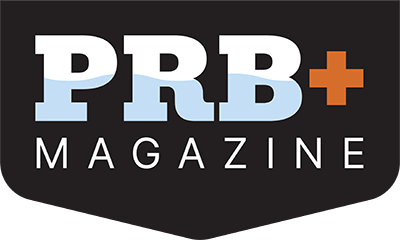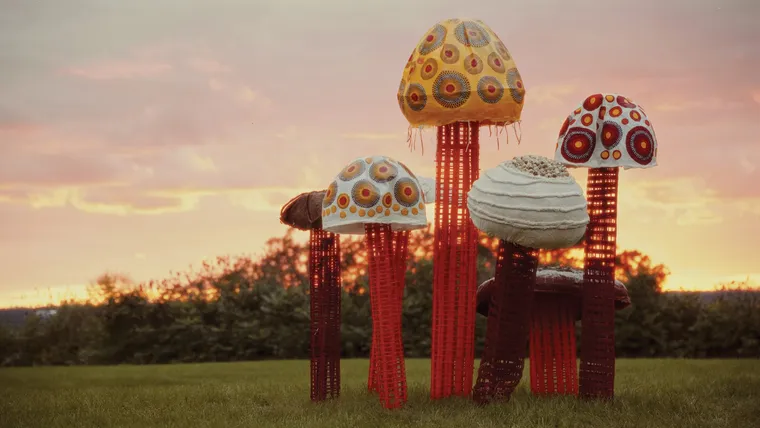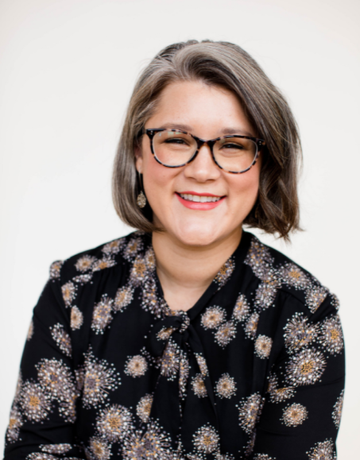Artists-in-residence programs can help parks departments celebrate spaces and spark conversations about complex issues
"I’m hosting a pep rally ... for a tree,” Amanda Lovelee says.
As a U.S. Cultural Policy Fellow at Stanford University, the Minnesota-based artist models how organizations like parks departments can think about artists-in-residence and artists-in-government. The “Homecoming” project she was preparing aimed to celebrate the replanting of a tree that burned in Minneapolis’ Lake Street Corridor during the 2020 uprising.
Most proposals for public art begin with a product in mind, like commissioning sculptures or murals. Artist residencies provide creative professionals the time, space, and resources to work. As parks departments continue to grapple with complex issues and strive for more inclusive programs, place-based artist residencies invite select participants to draw inspiration from a place without defining a specific output. Sometimes residencies are framed around a theme or used to generate ideas that address a specific challenge.


